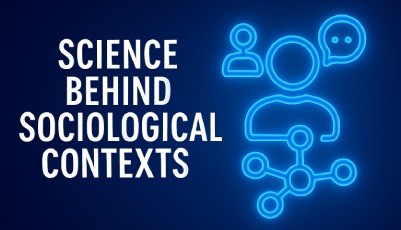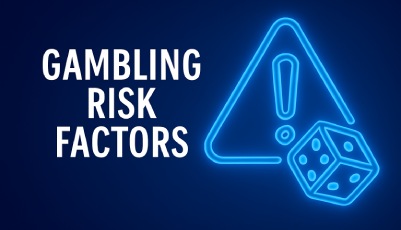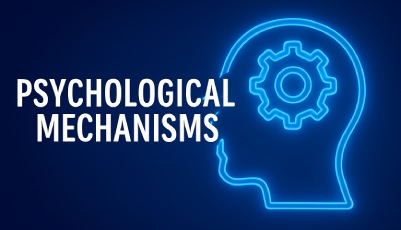It is well documented that, while gambling addiction is a universal concern, there certain demographics that are at greater risk than the rest. While social identity and peer groups are equally are influential, there are also demographics of society based on biological and psychological factors to consider, which can greatly shape the chances that a user develops a problem or even becomes addicted to gambling.
This page analyzes key case studies and public health data surveys that identify the populations who have the greatest perceived risk. We will also delve into the reasons why this is the case, exploring the various mechanisms and factors that drive up the percentages and findings.
Understanding Vulnerability in Gambling Addiction

The Responsible Gambling Council, which was founded in Canada in 1983, is a respected community in the industry, and with decades of experience, it deemed that gambling addiction risk is not evenly distributed. Conducted surveys indicate that age, gender, economic status and any corresponding mental health conditions have a significant hold on the user, and can shape their risks of addiction. The findings suggest that alone, these criteria are not as potent as when any of the factors intersect, which is when vulnerability is higher, and the percentage of addicted individuals are higher.
A review published by Fong, The Vulnerable Faces of Pathological Gambling, highlights the importance of mental health conditions in addiction. Fong found a greater percentage of gambling addicts among individuals who had existing disorders, and a specifically higher rate among those with mood or substance disorders. It analyzed the common ground between these conditions and the impulsivity, sensitivity to rewards, and emotional regulation that these individuals are known to suffer before, and how the intermittent reinforcement structures of gambling can exacerbate these already existing conditions.
“Individuals with depression or substance dependence are two to three times more likely to develop gambling problems compared to the general population.” – Fong, 2005
Demographic Patterns
To better understand the demographic gambling patterns, we will address each one individually and look at how they are tackled in various respected case studies. These include the perceived vulnerabilities in younger players, gender tendencies, and the financial status of gamblers.
Adolescents and Young Adults
A Canadian case study by Gloria Wong in 2013 highlighted the risks that adolescents face where gambling addiction is concerned. While still in a developmental stage, they have heightened impulsivity and are more prone to social influence. The study found that the early the exposure, and the closer it was to their immediate social networks, the faster they progress from gambling as a recreational device to developing a problem.
“Younger players exhibit faster escalation and are less likely to recognize early signs of harm.” – Wong et al., 2013
Adolescents also develop rewards systems before they understand the complexities of control and self restraint, which, when combined with higher exposure to gambling, puts them at a very high risk.
Gender Differences
Historically, men have been more likely to develop gambling habits that potentially lead to addiction. In older studies, it was far rarer for women to suffer gambling addiction, but as gambling has become more accessible and socially accepted, the rates among women has gone up, but for different reasons. The Responsible Gambling Council noted that statistically, men are more drawn to strategic gambling such as poker or sports betting, where there is a palpable illusion of control. The gambling addiction rates among women is more often associated with slot machines and online games that can create a form of escapism, or emotional regulation.
Socioeconomic Vulnerability
Individuals from low income household have the added risk of financial stress. The marketing and social image of gambling as a means to get rich quick can provide them with a solution, albeit a risky one. The Responsible Gambling Council documented how economic pressure can affect individual facing financial hardship. The findings suggest that they are also the most difficult for support groups to reach out to.
“Economic pressure creates both the motivation to gamble and the least capacity to absorb its consequences.” – Responsible Gambling Council, 2023
Co-Occurring Conditions and Risk Amplifiers
The case studies by Timothy Fong and Gloria Wong et al. highlight the significance behind individuals with existing psychological or mental health problems. Gambling can represent an emotional regulator for these individuals, as a source of dopamine, escapism, and a device to alleviate anxiety or depression.
Generally these individuals are not as influenced by social groups, they fall on the other end of the spectrum. More often than not, individuals suffering from any of these co-occuring conditions do not have healthy social support groups, and are more likely to use gambling as a coping mechanism. When paired with emotional stress or financial hardship, gambling can act as a crux to regulate their dopamine.
Our Findings Based on the Research

Gambling addiction is multifaceted, it impacts different individuals for different reasons. While most of the damage occurs where there are overlaps, according to the Responsible Gambling Council, it makes it more difficult for prevention strategies to find ways to help users. They should focus on screening the youth, catching them at an early age when they are impressionable and have a heightened impulsiveness. Support for communities with socioeconomic difficulties must also be addressed, and the strategies should have mental health integration in the treatment, because these are the two demographics that, historically, have shown the highest rates of addiction.
FAQs
Men have traditionally shown higher rates, but women’s gambling addiction rates are increasing, especially in online and slot-based gambling environments.
Adolescents have heightened impulsivity and are more susceptible to social and environmental influences, which accelerates the path to problem gambling.
Conditions like depression and substance use disorders significantly increase susceptibility due to shared brain reward pathways and impaired impulse control.
Yes, it is well documented that financial stress can make gambling appear as a quick solution, while losses disproportionately impact those with fewer resources.
References
Who’s at Risk for Gambling Harm? Responsible Gambling Council, 2023
The Vulnerable Faces of Pathological Gambling Timothy W Fong, 2005
Examining Gender Differences for Gambling Engagement and Gambling Problems Among Emerging Adults Gloria Wong et al. 2013




